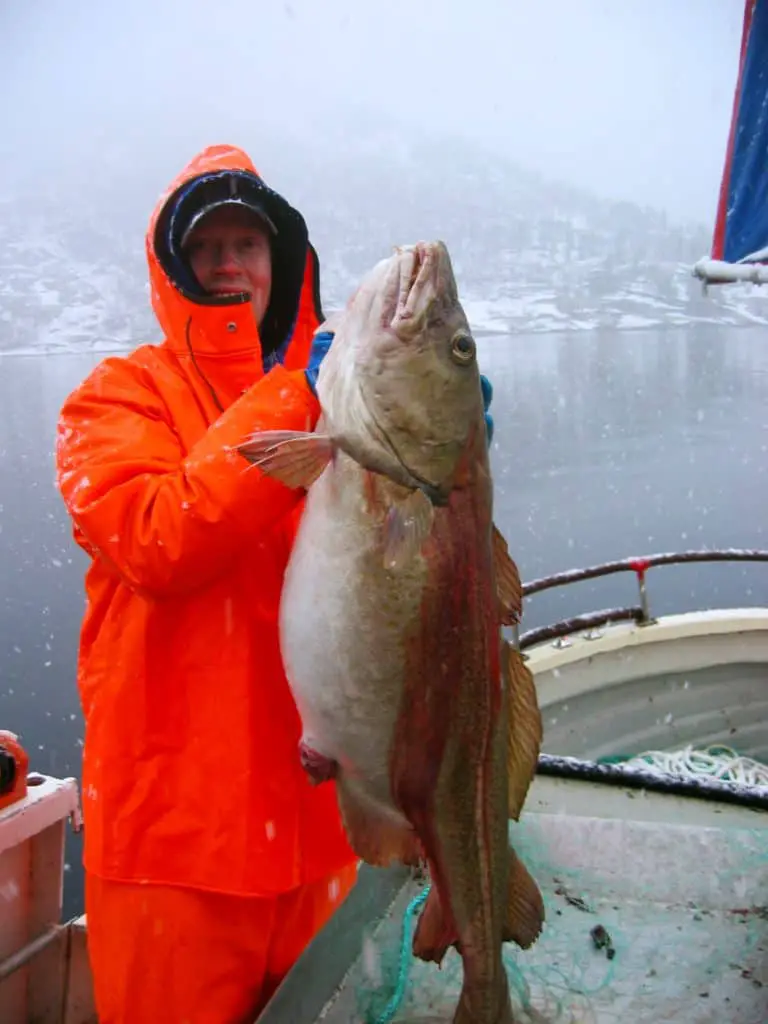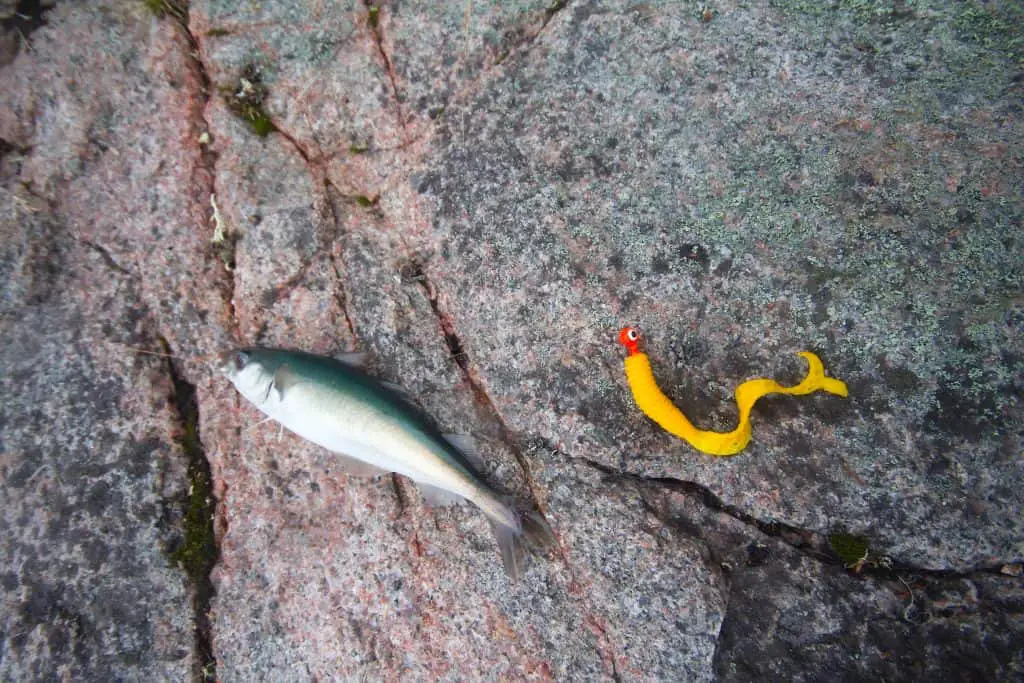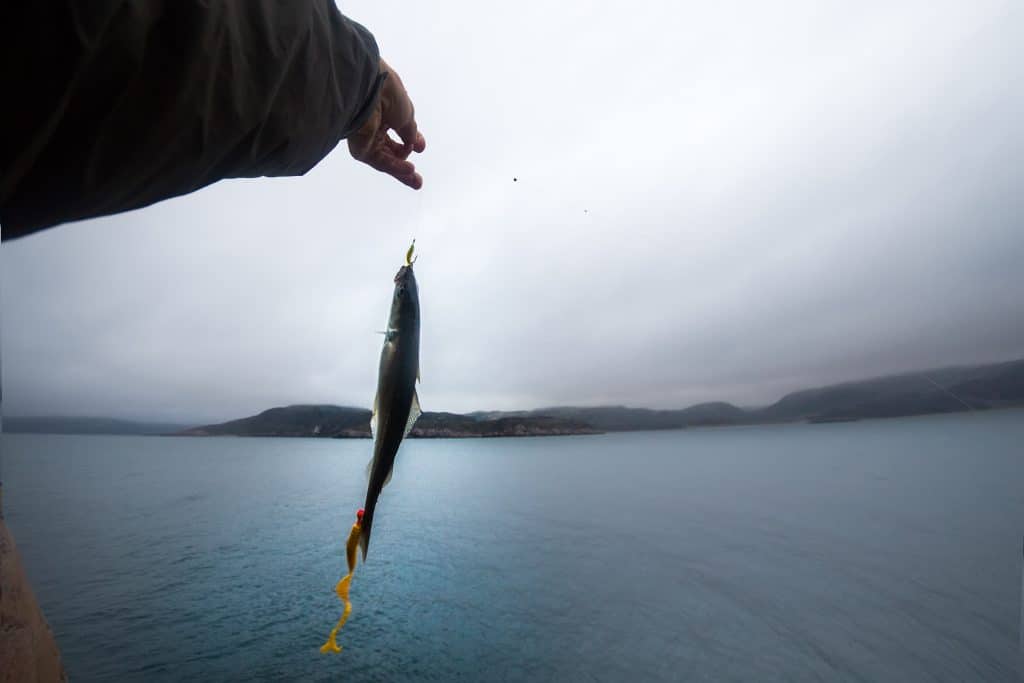Apart from Trout and Salmon, haddock and cod too, fall on the list of the most common food fish in the world. The latter are very close kin scientifically. Even in the culinary way, it can be difficult to distinguish one from the other.
Over the years, the two have been readily available and members of the Catholic Church had this on their menus. The main differences between haddock and cod are in their lateral lines, the structure of front dorsal fins, body shape, and size.
The most common way of differentiating the two is by examining their body colors. Cod is green-brown while haddock is dark grey.

The Main Differences between Haddock and Cod
Of white fish served currently in homes and food vending places, cod and haddock are among the most popular. They are favorites for most people and go well with fish, tacos, and other meals that need white fish to go with them.
The two species are similar in many aspects and it can be daunting to tell one from the other. You can get a migraine especially when they are skinned. They share a habitat and both live in cold waters. The majority love the deeper colder water in the Maine Gulf and off the coast of the North Atlantic.
This article explains the main differences between cod and haddock in almost all aspects. You will learn how they differ biologically, in size, shape, structure and culinary aspects.
Species Type
While haddock and cod are of the family Gadidae, their biological difference comes about in their genus. The haddock is a member of the Melanogrammus genus and cod if from the Gadus genus. The differences in the species type are what creates the differences in feeding habits, habitat, and appearance.
Lateral Lines
Cod and haddock are similar in appearance but they differ slightly in how their lateral lines look. Both fish species have lateral lines that run from their heads to tails. On the cod, the lateral line is pale and whitish.
The lateral line on haddocks is dark black. Their pectoral fins on the side of their heads have some blotches.
Dorsal Fin
Haddocks have more pointed and longer primary dorsal fins. These are on the backs of these fish closer to their head. Cods have all their dorsal fins in about the same length.
Tail
The tails of haddocks appear more concave. Cods have blunter-like tail ends.
Color
Haddock and cod differ in their skin colors. The most notable difference is on the upper halves of their bodies. Cods are speckled with grayish and brownish skin with a tinge of green-yellow-like color. Haddock could be black or dark grey with a silvery shade.
Habitat
You must be wondering why habitat is a differentiating aspect of cods and haddocks yet they both live in cold water. Yes, there is a big difference in the levels of depth the two live in. Cods love shallower waters compared to haddocks that love to spend most of their time deeper.
Cods have been reported to cruise in waters ranging from about 9 to 18 meters. Haddocks cruise in waters between 36 and 128 meters deep.
The difference in the levels of water the two fish live in could be the reason why cods are overfished. In 2000, the World Wide Fund had cod in the list of most endangered species at that time. Later in 2010, there was a release of the seafood list by Greenspace International, and the Atlantic Cod was mentioned.
Feeding Habits
The feeding habits of cods and haddocks are similar. They eat mollusks, brittle stars, worms, and sea cucumbers. Cods will however eat larger crabs and clams. Haddocks will not. Instead, they feed on more worms compared to cods. This could be because there are so many sea worms at the bottom in the depths they live in.
Cods attempt to chase tiny sea ducks that are closer to the surface of the water.
Body Shape and Size
Overall, cods are larger and fatter compared to haddocks. The fillet of cods will be thicker but thinner and flatter when you skin and fillet haddock.
Haddocks have their upper jaws more protruded than their lower jaws. However, their mouths appear smaller than those of cods. They are slimmer and have more pointed snouts than cods. The scales of haddocks aren’t very visible through their skin when lined with mucous.
Being smaller than cods, the largest haddock that has ever been recorded was 37lbs and 44 inches.

Flavor
When skinned the flesh of the two are firm, lean, and white. However, from a chef’s perspective, similar to walleye vs perch, they aren’t identical. Some serious professional chefs have specific cod recipes and different ones or haddock. But, the two fish can be used interchangeably in culinary.
The thick and firm fillets of cod are cleaner and milder in flavor. This means the fillet absorbs seasonings pretty easily. Once cooked, the texture is flakier and tender.
Haddock has a more flavorful taste and gives that fishy flavor. There is a little bit of sweetness in it compared to cod. Its portions are thinner and flatter. Its appearance is less white. During summer, haddock is softer and more fragile.
Cooking
Because of the size of the haddock fillet, it cooks faster and will be great for deep frying, battering, pan-frying, and breading. Cod fillet comes in thick slabs and is great for pan-searing, broiling, or grilling. They have an extra depth to allow some time for browning the surface before the flesh can become tender on the inside. You must oil cod before grilling or broiling otherwise, its leanness makes it dry in intense heat.
Cod can be salted and sundried for preservation. Haddock has a more delicate texture and won’t fare well when you salt it. It is best to brine it lightly then smoke it.

Haddock vs Cod – Conclusion
What to fish between the two species depends on your preference same as choosing what to have for lunch or dinner.
However, if you are a lover of McDonald Fries of KFC and need a quick one with white meat, haddock it is. Go for cod if you crave a cold beer with pan-seared or grilled fish.